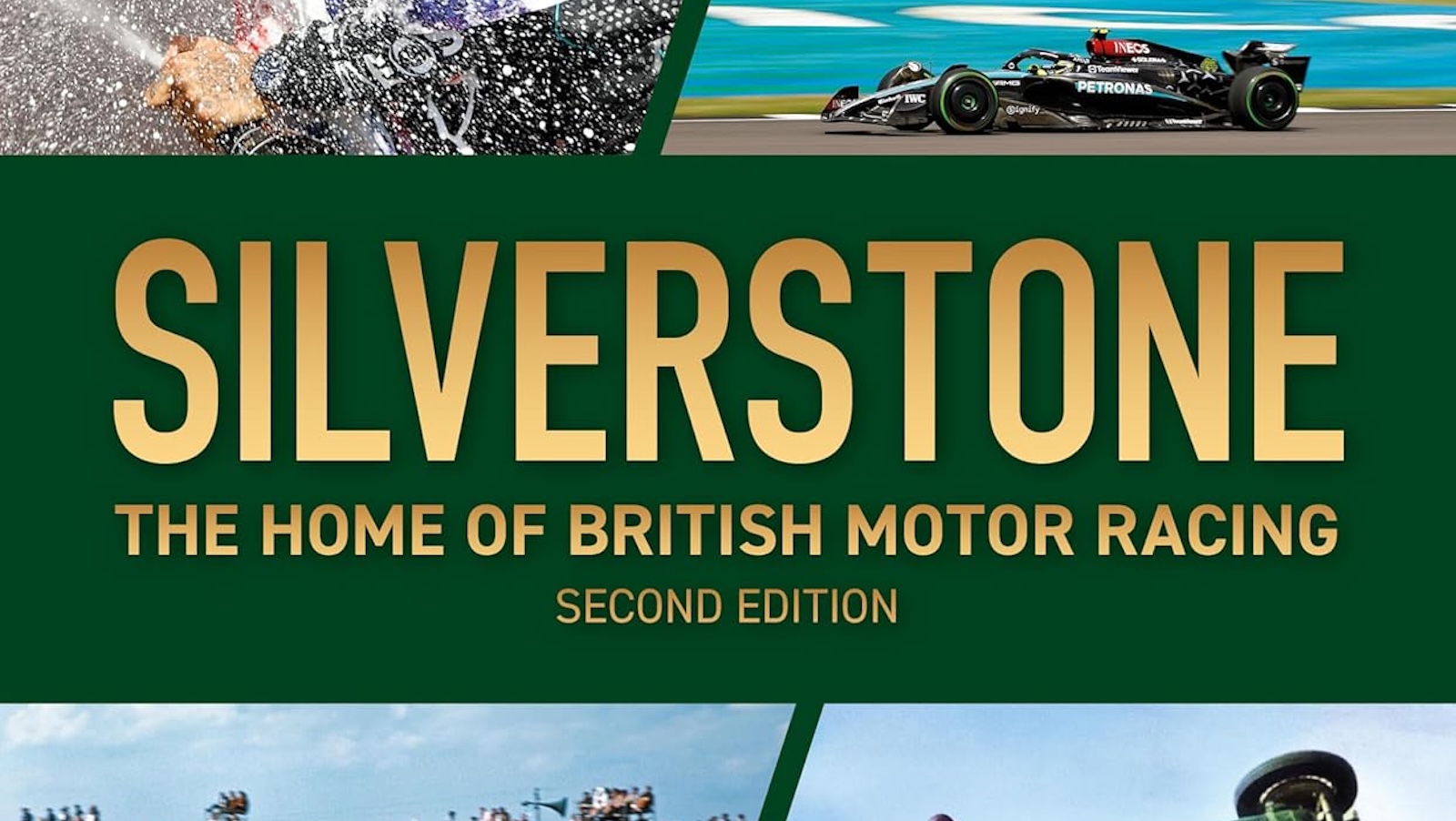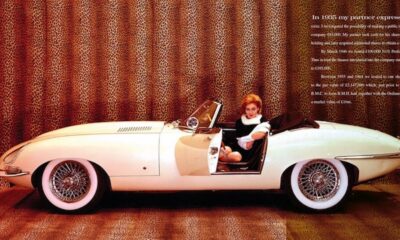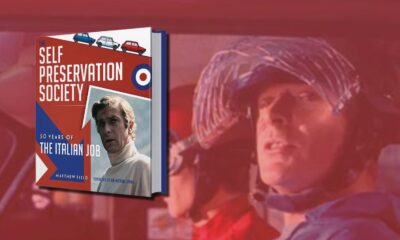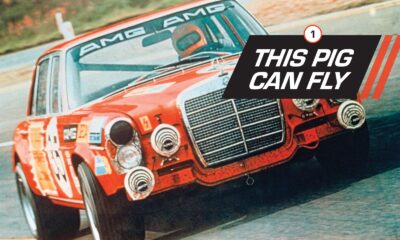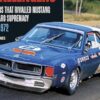Book Review
SILVERSTONE – THE HOME OF BRITISH MOTOR RACING
SILVERSTONE
THE HOME OF BRITISH MOTOR RACING
To appreciate the history of Great Britain’s Silverstone racing circuit it helps to have the context of postwar Britain. The sense of relief that descended over England by the end of 1945 can’t be overestimated; beyond the loss of life and property were the invariable economic challenges typical of a postwar economy. Food and fuel were in short supply, Britain’s colonial reach would be aggressively abbreviated, and England’s class system would seemingly sustain – if not increase – the chasm between the ‘haves’ and ‘have nots’. In a country obsessed with motorsports before the war, the return of racing was just the emotional – and to some extent economic – elixir the doctor ordered.
The emotional benefits of motor racing’s return are fully outlined in Chas Parker’s SILVERSTONE – THE HOME OF BRITISH MOTOR RACING. In this, the book’s second edition, the author paints a most complete picture of racing’s revival in the aftermath of World War II, decade by decade. And beyond Formula 1, Parker gives you a look at the sports cars, sports prototypes and saloon cars, their respective series and, of course, the drivers.
As you might know, the popularity of motorsport in Britain was enhanced by the lack of credible alternatives. England’s version of our baseball is cricket, and the country’s variant of football, while called ‘football’, really isn’t. In short, for entrants or spectators there was only one real sport, and it involved prewar cars driven – for the most part – by prewar men.
With the end of hostilities England’s many airfields had been repurposed. And so it was with Silverstone, whose acreage during World War II served as a launch point for Vickers Wellington bombers and the crews that manned them. The airfield opened in March, 1943, and housed some 2,000 personnel before its closing in 1946.
Between its closure and organized racing in 1948 it was used as a storage facility for Vauxhall and its intended-for-export inventory. Credit for its official use as a racing circuit goes largely to the Royal Automobile Club and its inaugural RAC Grand Prix in 1948. That race was won by Luigi Villoresi in a Maserati 4CLT/48, with his teammate Alberto Ascari taking second. This was an era when drivers didn’t so much sit in their cars as perch on their cars; not only are their helmeted heads exposed, their shoulders and elbows are exposed. It was an era – as is often noted – of skinny tires guided by fat drivers, and that contrast is clearly evident in the abundance of vintage black-and-white photography.
Those more seasoned drivers are in marked contrast to a very young Stirling Moss, behind the wheel of a 500cc Cooper-JAP T5. His efforts in the late ‘40s would precede 10+ years of motorsport supremacy. And while Moss never secured a World Championship he won virtually everything else, a behind-the-wheel icon of what has long been regarded as road racing’s greatest era.
The early days of Silverstone as a circuit were decidedly informal. Spectators – and the crowds were unexpectedly big – could sit just about anywhere, while crowd protection consisted of little more than a length of rope separating spectators from the racing. And you could park your car virtually anywhere, as long as it had an appetite for mud.
Beyond Parker’s very readable text are the personal notes by motorsport luminaries such as Stirling Moss, Jackie Stewart and Derek Bell. As a reader of Road & Track since the mid-‘60s, and having paid close attention for the next decade (until – you know – marriage and children), the drivers and their cars provide an honest-to-God overdose of nostalgia, and in book form are so much more accessible than my boxed collection of Road & Track – which sits in the purgatory that’s my garage. And with this second edition Silverstone’s history is documented right through to today’s racing, with karts and bikes.
Chas Parker’s SILVERSTONE – THE HOME OF BRITISH MOTOR RACING is published by Evro Publishing (evropublishing.com), and should be available wherever you buy books – including your local bookstore – or from Evro’s U.S. distributor, Quarto Publishing Group USA. It’s priced at $80, and is a highly recommended buy.



